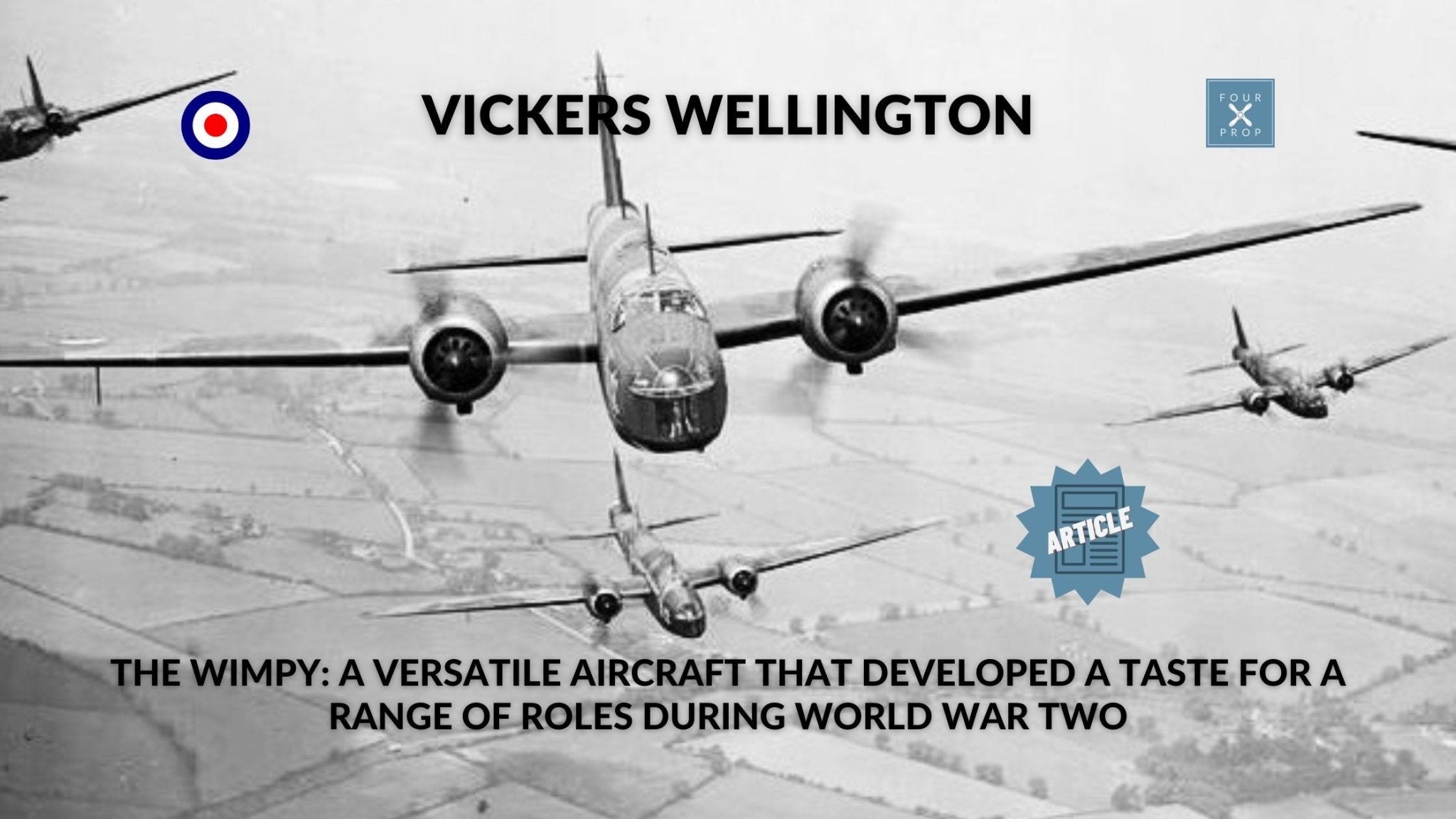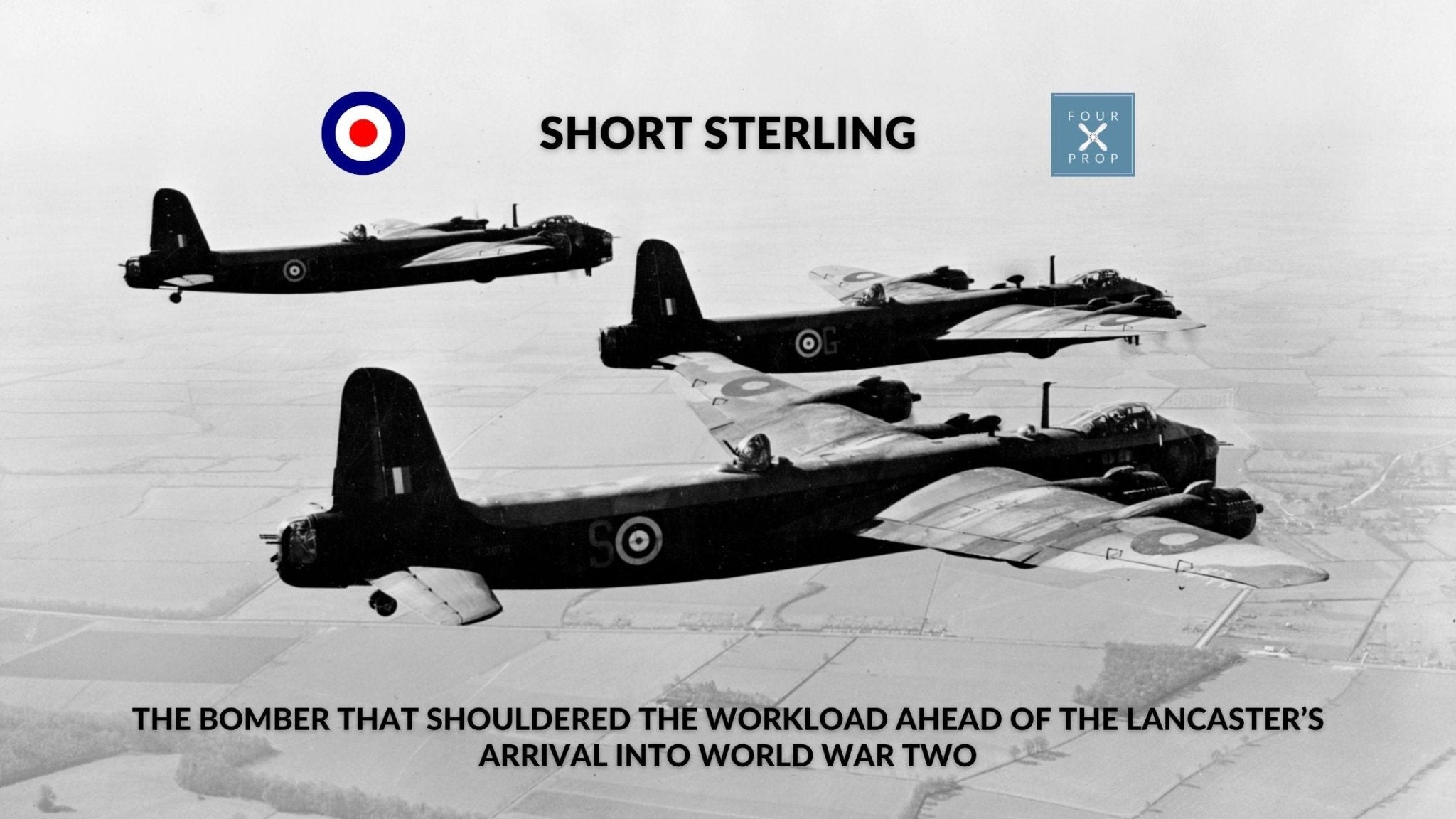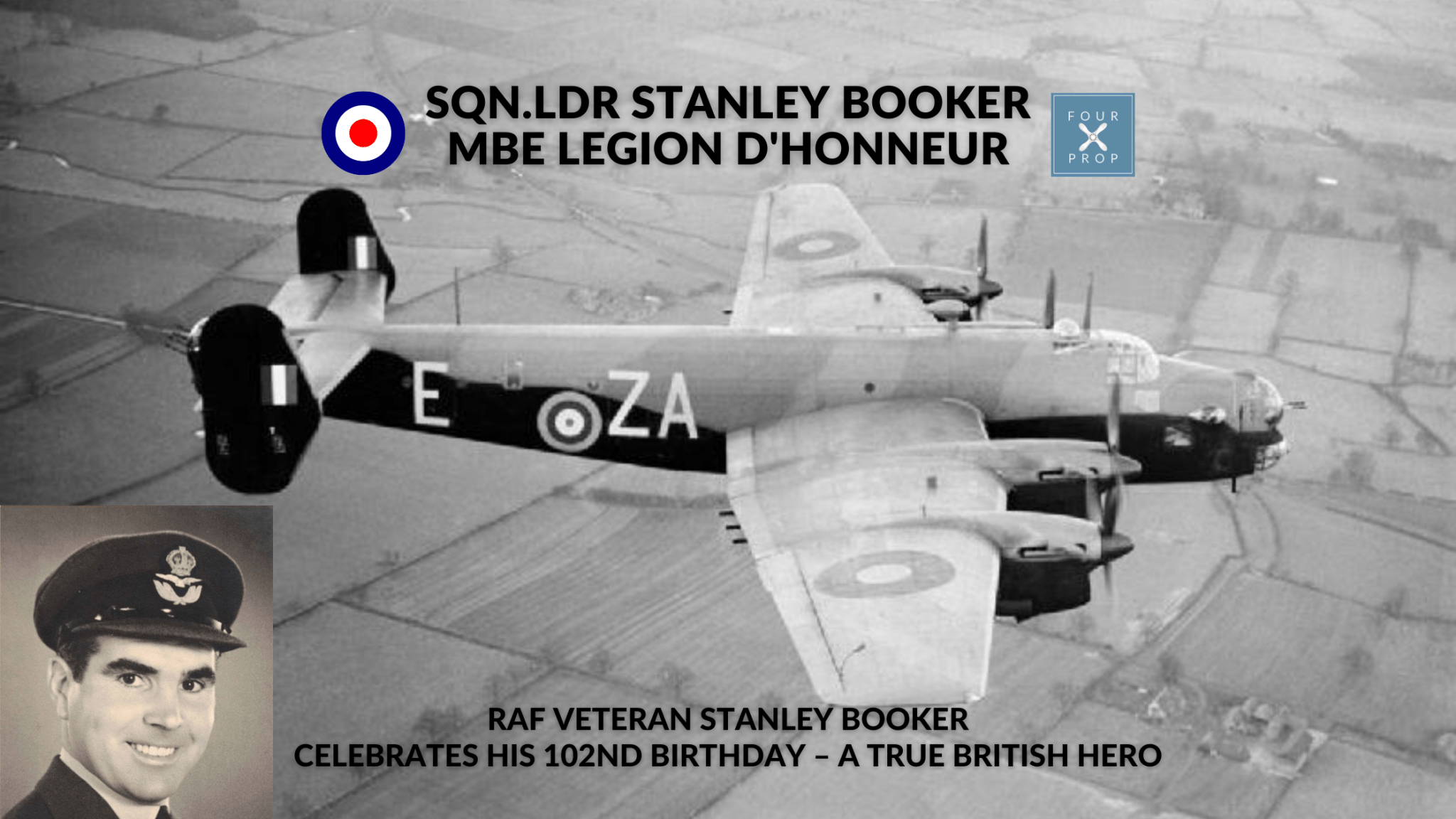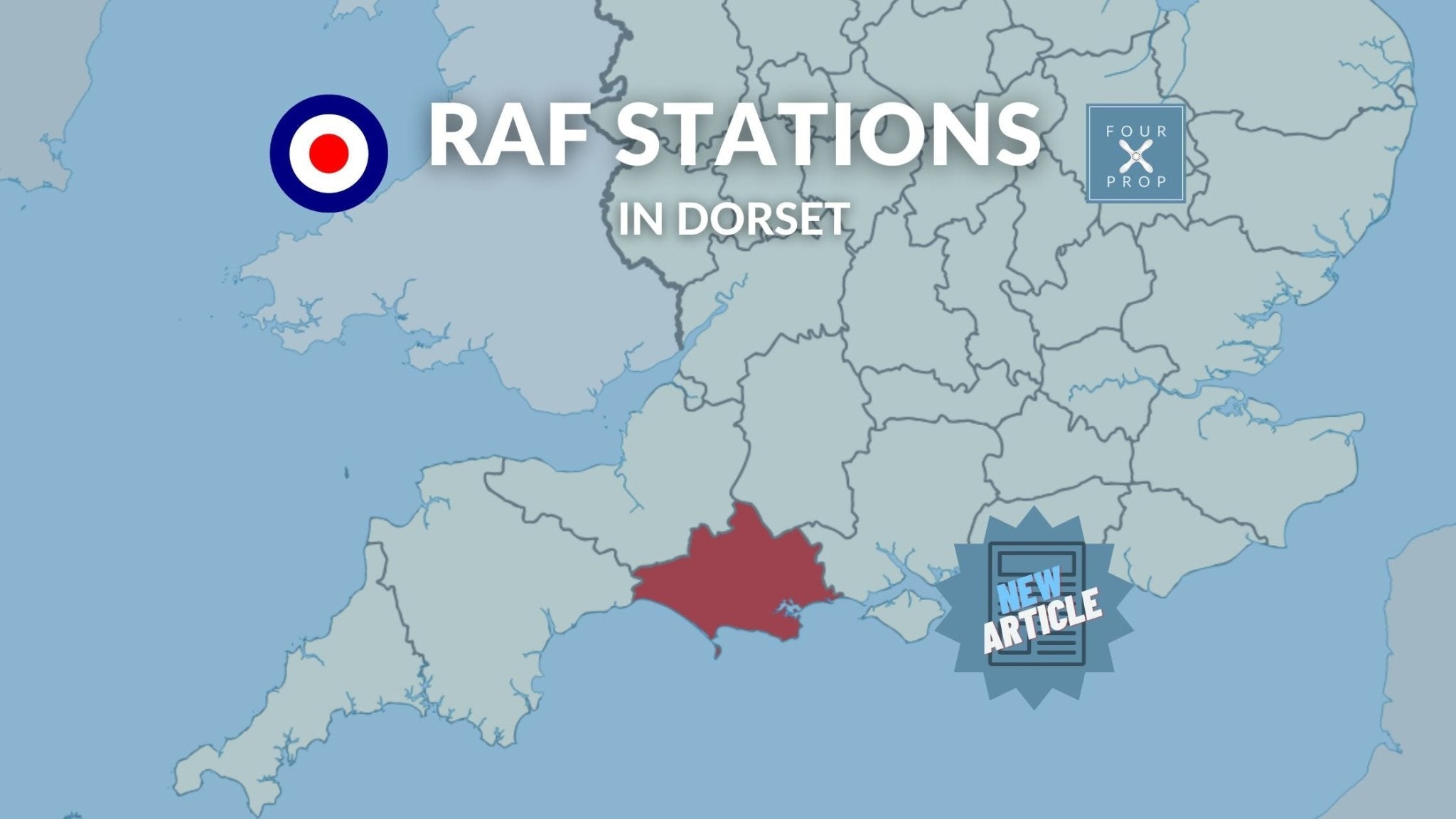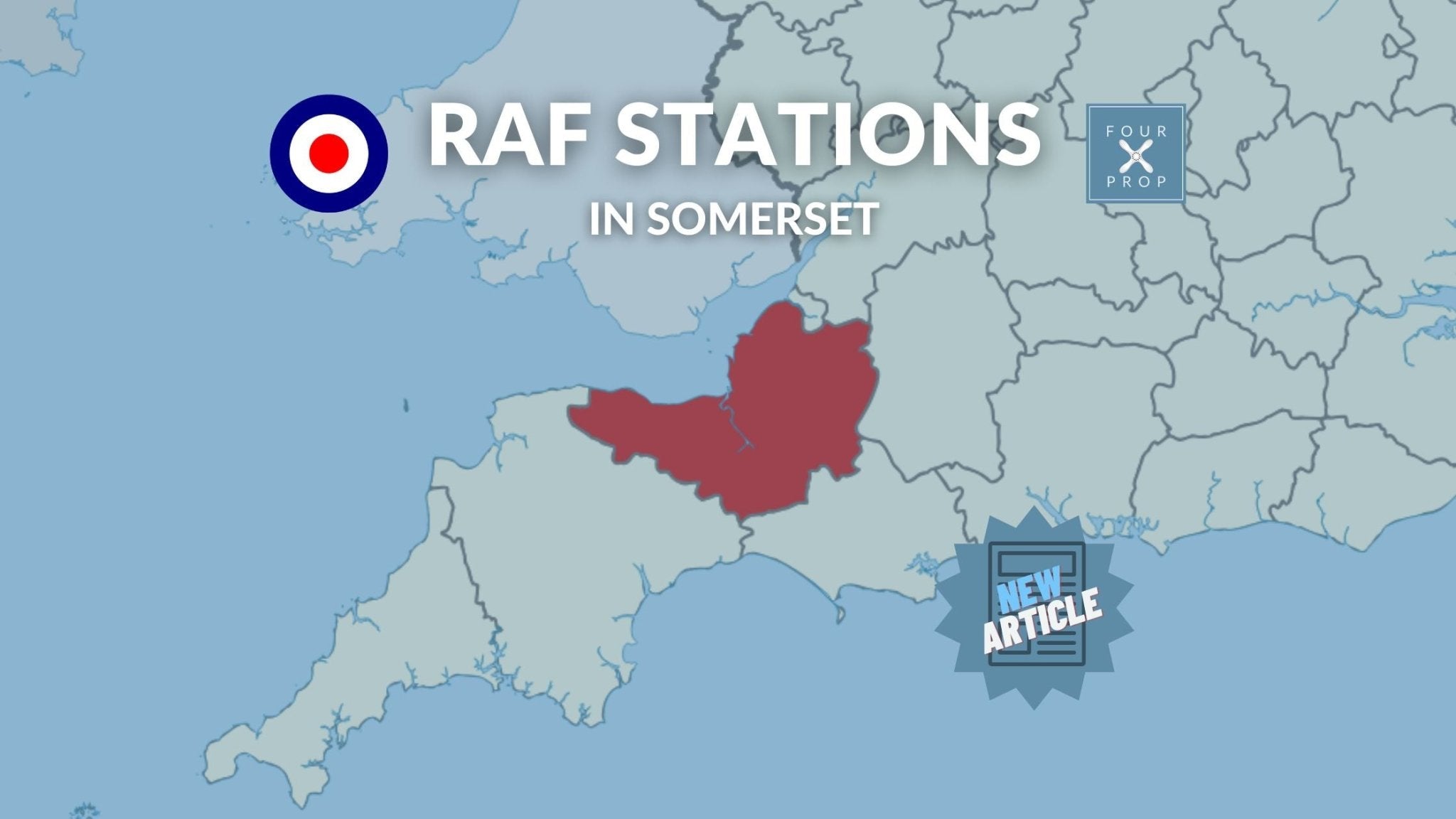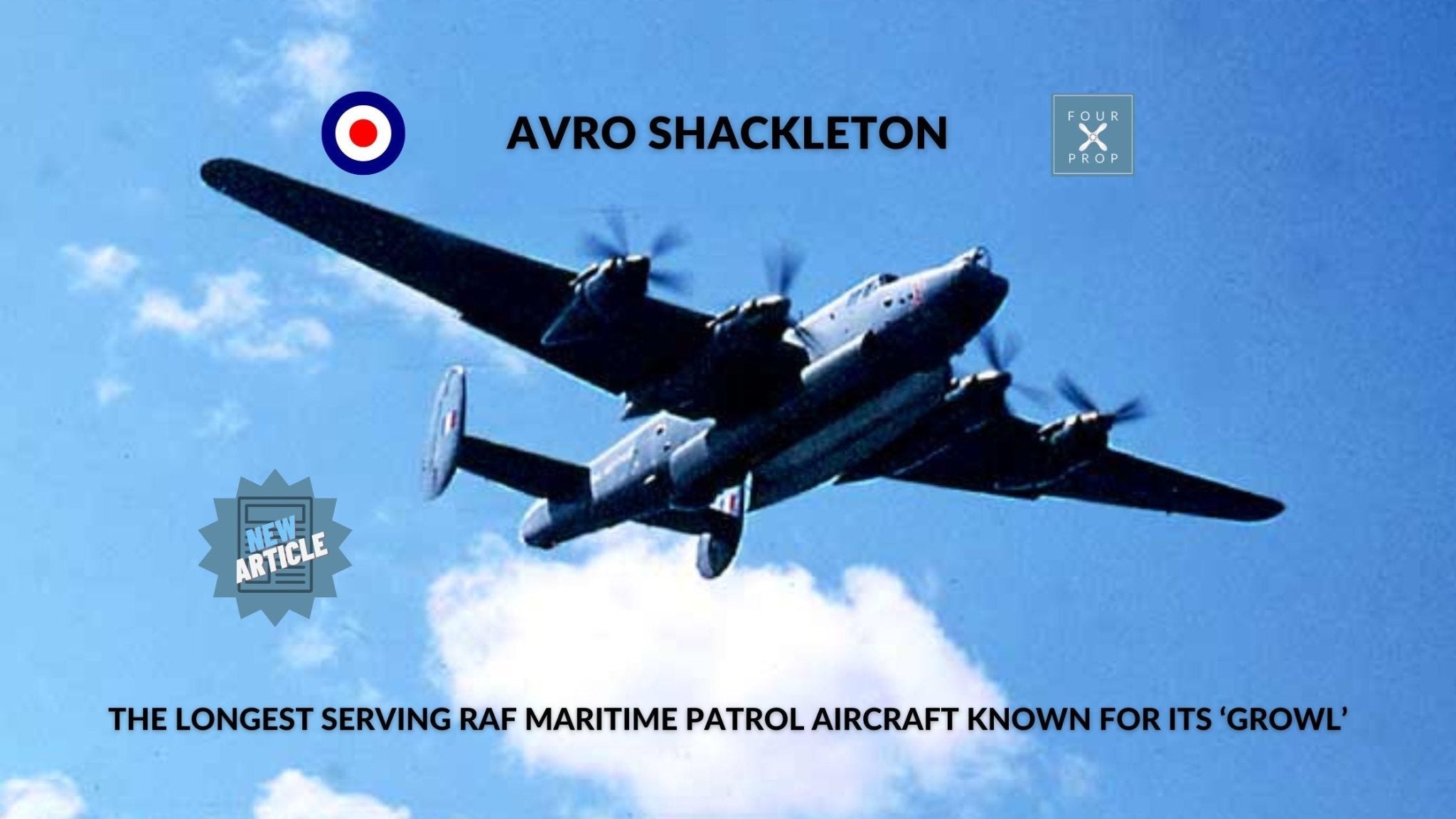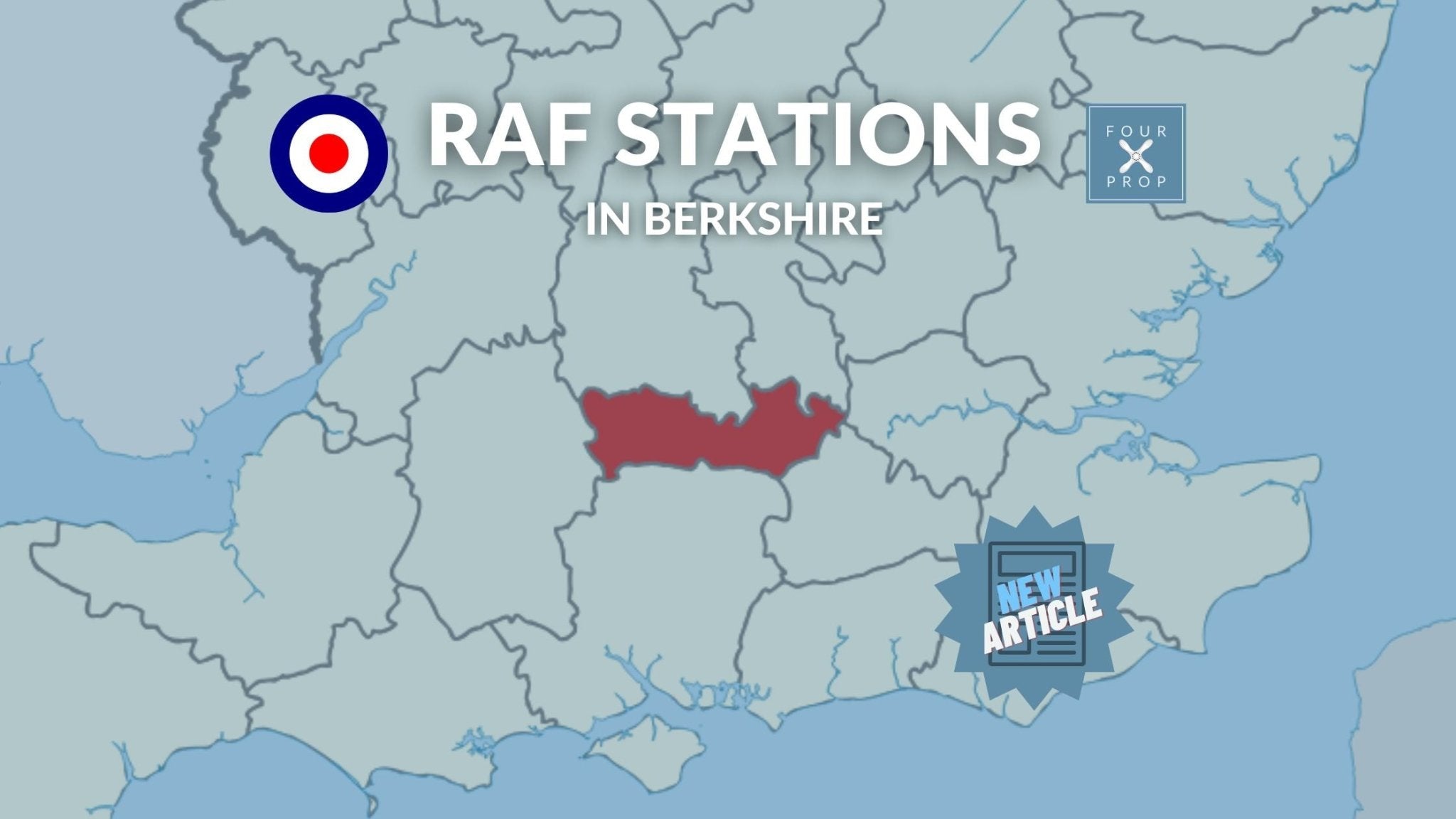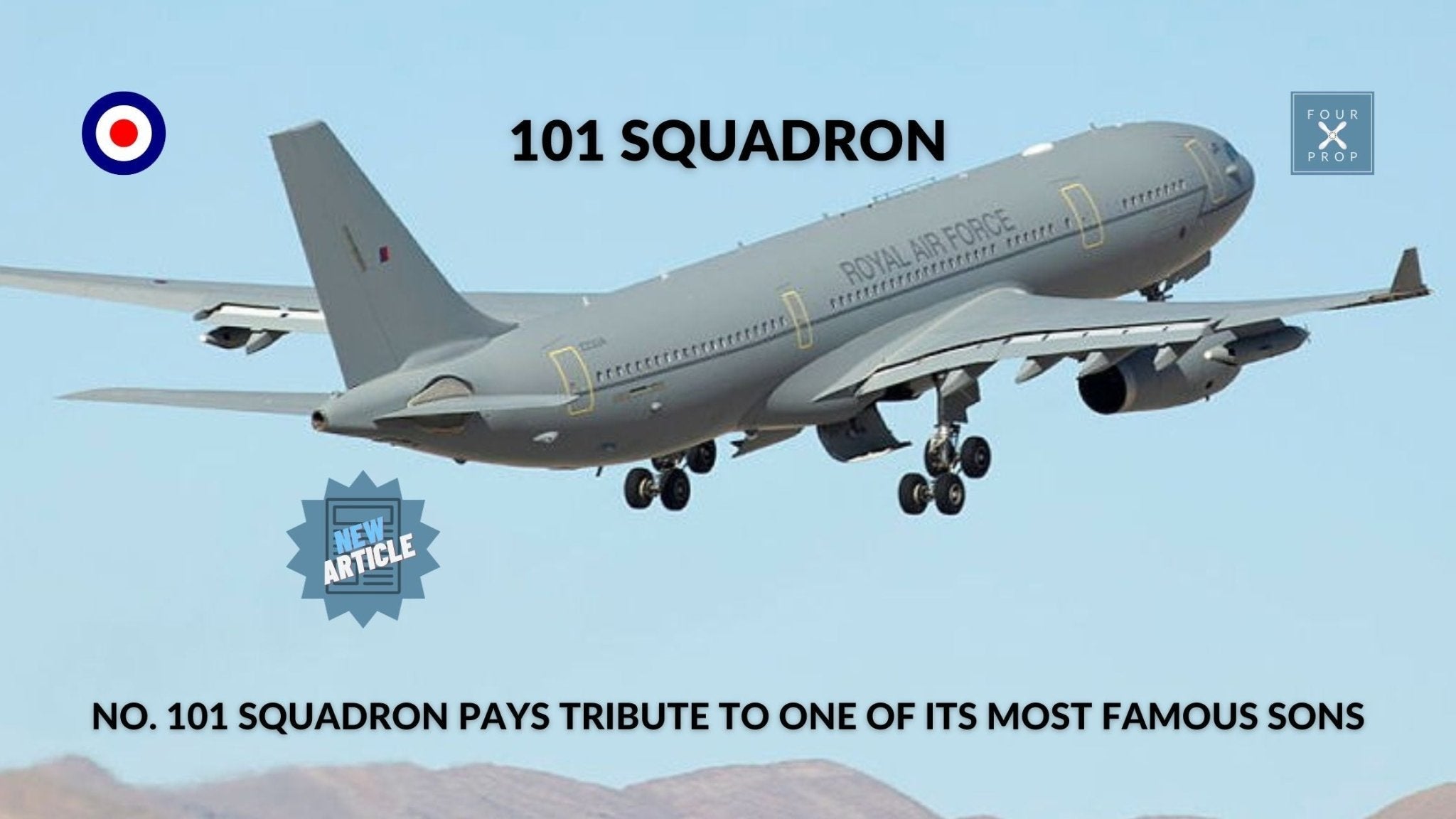IN RAF terms, the importance of Northumberland to the overall defence of Britain’s airspace would appear to begin and end at Boulmer, the station located on the coast equidistant between Newcastle-upon-Tyne and Berwick-upon-Tweed, due east of Alnwick.
Clearly there is far more to air defence than the location of an RAF station, but during the Second World War as airfields appeared to pop up on a daily basis, Northumberland gained a number of operational sites, the region proving crucial in the Battle of Britain and with the training of pilots essential in the fight against enemy forces.
Despite the county’s long and distinguished RAF history, only one station remains, with Boulmer surviving several defence reviews, its future coming under serious threat in the mid-2000s, the MoD announcing it would close by the end of 2012. That decision was reversed four years before its proposed closure, Boulmer to this day remaining an integral part of the UK’s air defences.
Also active in Northumberland and coming under the RAF umbrella is Brizlee Wood, a Remote Radar Head, RRH, forming part of the Air Surveillance and Control Systems, ASACS.
Active RAF Stations
RAF Boulmer
Opened 1940
Perhaps it’s a little generous to say Boulmer opened in 1940, but it was a year into the Second World War when it was set up as a decoy airfield to divert German attacks from nearby stations like RAF Acklington (see below), complete with plywood aircraft and grass landing strip. Three years later it became active with Spitfires arriving for pilot training, with the station’s operations post-war focusing on surveillance duties.

(Phantom Gate Guardian at RAF Boulmer)
Eighty years later, the station near Alnwick continues its surveillance operations along with tactical control of combat and support aircraft: No. 20 Squadron being the ASACS Operational Conversion Unit, and No. 19 Squadron providing operations personnel to help conduct Boulmer’s tasks 24/7. The engineers and technicians of Engineering and Logistics Wing, and the staff of Support Wing provide able support to both squadrons.
Active RRH
Brizlee Wood
Opened 1961
As part of NATO’s defence, a communication system was devised in the late 1950s linking locations stretching from Norway to Turkey, each Ace High site equipped with radiocommunication and early warning system technology. There were five in Britain run by the Royal Signals, including Brizlee Wood, near Alnwick, with the location converted into an RAF radar facility in the early 1990s, linking up with RAF Boulmer eight miles to the east, feeding information into the Control and Reporting Centre, CRC, as part of the ASACS. Dubbed, like many similar stations, as the ‘golf ball’, plans are in place for an upgrade under the £80million air defence programme, Project Guardian.

(RRH Brizlee Wood)
Closed Stations
RAF Acklington
Opened 1916
Closed 1975
Located 30 miles north of Newcastle, Acklington started life as a First World War landing ground available to Home Defence Fighters of No. 36 Squadron and in the Second World War it was a designated fighter station, the Gloster Gladiators of No. 152 Squadron the first fighters arriving. During the Battle of Britain it was home to No. 72, No. 79, No. 32 and No. 610 Squadrons and post-war it became a mixed jet fighter and search and rescue helicopter station, Westlands flying from the station until they switched to Boulmer in 1975. Part of the site is now home to two prisons: HMP Acklington and Castington Young Offenders Institute, YOI, both coming under the umbrella of HMP Northumberland.

('B' flight, No. 409 Sqn RCAF with one of their Bristol Beaufighters in January 1942.)
RAF Blakelaw
Opened 1940
Closed 1945
Also known as RAF Newcastle, it was an operational centre which opened in 1940 as a base for No. 13 Group, tasked with defending the north of the country during the Battle of Britain. Based in a suburb of Newcastle, part of it was established underground for protection, directing aircraft covering an area north of the Humber up to the Scottish Islands. Its role diminished after the Battle of Britain, No. 13 Group merging with No. 14 Group in July 1943. During the Cold War, part of the site was used as a regional war room and Newcastle City Council used it as a civil defence centre from 1952 to 1968.
RAF Brunton
Opened 1942
Closed 1945
A satellite airfield for Milfield (see below), Brunton welcomed its first residents, No. 59 Operational Training Unit, instructing fighter-bomber pilots. The site ten miles north of Alnwick was transferred back to the War Office in 1945 and accommodated light aircraft flying and civil parachuting organisations up until 2003.
RAF Eshott
Opened 1942
Closed 1944
During the Second World War, Eshott was home to No. 57 Operational Training Unit, training on Spitfires, before the unit transferred to Boulmer in August 1944. There remains an airfield to this day on the site ten miles south of Alnwick, now operating small aircraft and microlights.
RAF Milfield
Opened 1917
Closed 1946
Milfield is seen by many as one of the most important RAF training sites of the Second World War, regularly featuring in the memoirs of Spitfire and Hurricane pilots who honed their skills around the site located a few miles south of the Scottish border. It opened during the First World War as an emergency landing site, used by No. 77 Squadron based further north at Edinburgh, the site returning to agricultural use at the end of hostilities. It reopened in 1942, hosting No. 59 Operational Training Unit, training both home pilots and those from the Allied Forces.
The airfield continued to be used by a local flying school, and in the 1970s investigations were begun by Air Anglia into the possibility of operating commuter flights from Milfield to European cities, a scheme that did not go beyond the planning stage.
RAF Morpeth
Opened 1942
Closed 1948
Also known as Tranwell Airfield, the site opened as an air gunnery school, and it was home to No. 80 (French) Operational Training Unit RAF, training French fighter pilots. Initial instruction involved Blackburn Bothas, which due to their weight and lack of power needed the full runway to take off, the plane proving very unpopular with pilots; there were several accidents, notably a mid-air collision of two of the aircraft resulting in ten deaths in March 1943 – the Bothas replaced by Avro Ansons. Gunnery practice took place offshore near Druridge Bay on the Northumberland coast with other units attached to RAF Morpeth including No. 72 Squadron, No. 261 Maintenance Unit RAF and No 4 Air Gunnery School.

(A hanger that is still standing at what was RAF Morpeth)
RAF Ouston
Opened 1941
Closed 1974 – remains in use by the army
Infamously when initial work started into the logistics of building an airfield on the site, officials headed to the wrong Ouston, instead researching locations near a village located 20 miles south west in County Durham.
Work did begin – at the right site, 12 miles west of Newcastle close to Hadrian’s Wall – with Ouston opening as a Fighter Sector HQ under No. 13 Group RAF, the first residents No. 317 Polish Fighter Squadron, transferring from Acklington, flying Hurricanes. They were joined by, amongst others, No. 122, No. 232, No. 243, No. 81 and No. 131 Squadrons, all based at the site for periods during World War Two.
No. 281 Squadron was formed at Ouston in March 1942 to cover air-sea rescues off the east coast, flying Boulton Paul Defiants which were equipped with dinghies below the wings; the squadron transferred to RAF Woolsington (see below) the following year, flying Avro Ansons after the limitations of Defiants became apparent.
Post-war Ouston was mainly used in a training role by the RAF, and along with covering for Newcastle Airport in 1967 when their runway was being extended and renovated, the venue was also used for motor sport, Jackie Stewart winning a race there in 1963.

(View from Harlow Hill looking across Albemarle Barracks)
Around 1974, Ouston was handed over to the Army becoming Albermarle Barracks, in recent years most famously becoming an overnight stop for trucks carrying nuclear weapons to the submarine bases in Scotland.
RAF Woolsington
Opened 1935
Closed 1946 – now Newcastle Airport
Opening as a civil airport, Woolsington Aerodrome, it was requisitioned by the RAF in 1939, serving as a satellite for both Acklington and Ouston. The station saw little in the way of flying but in 1940 a Spitfire from No. 72 Squadron took off from Woolsington at night and shot down a Junkers Ju 88 – one of the Spitfire’s few night-time kills as the aircraft was deemed unsuitable for night fighting. Woolsington’s main role during hostilities was as a base for No. 83 Maintenance Unit, salvaging crashed aircraft across the region.

(Newcastle Airport in 1972)
Along with the sites mentioned, Northumberland was also home to Cramlington Aerodrome, ten miles north of Newcastle, which during the First World War was used as a base for three Royal Flying Corps, RFC, B.E.2c fighters, to defend Tyneside against Zeppelin raids, No. 36 Squadron HQ moving to the site in October 1916. It became RAF Cramlington in 1918, the RAF leaving in 1920, with the site used for commercial flights before it was superseded by RAF Woolsington/Newcastle Airport. The RAF also operated Cresswell Radar Station on the Northumberland coast during the Second World War, staffed by personnel from No. 60 Group.



